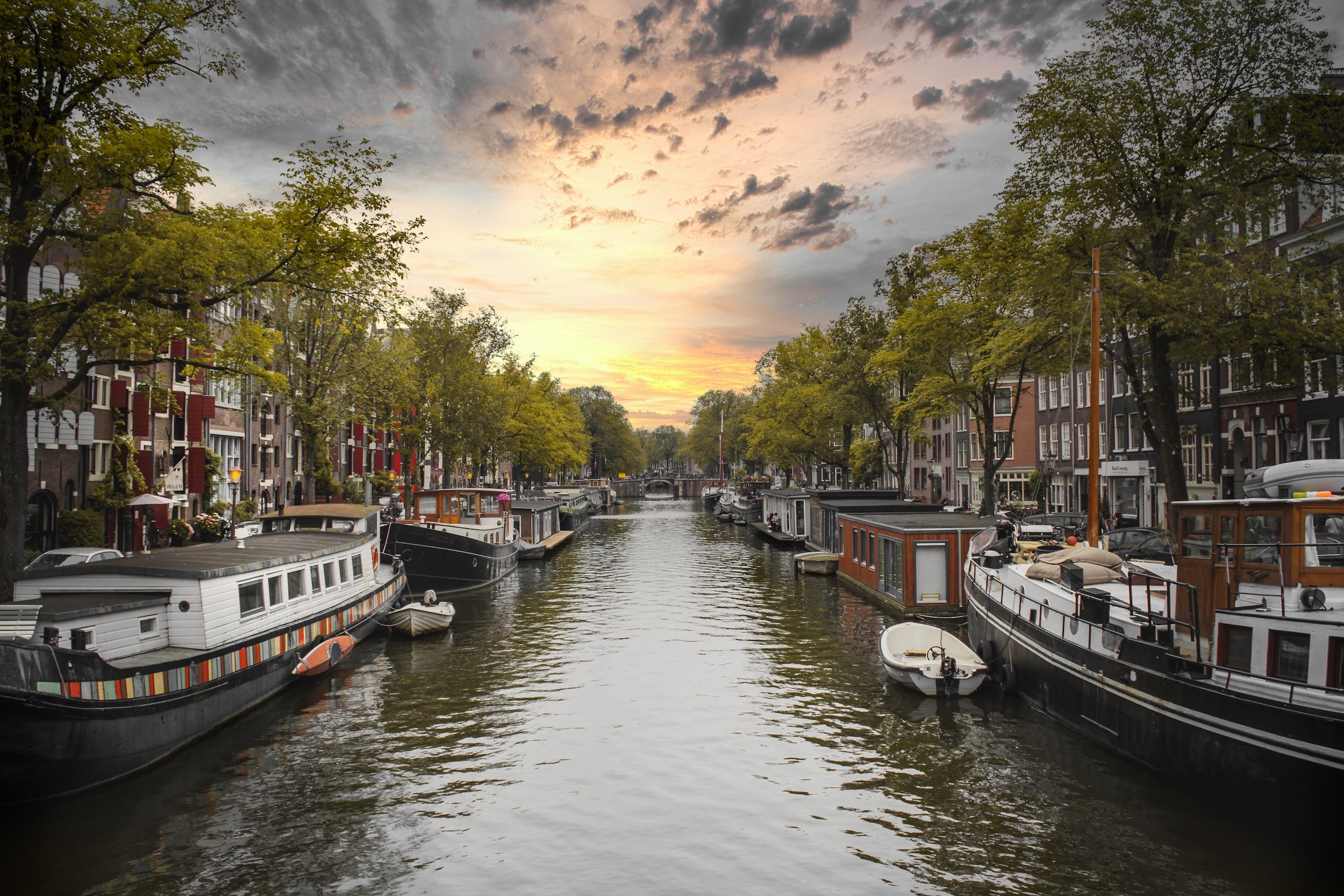International Urban Planning: How NYC Can Learn From Amsterdam’s Water Management Strategies
New York City and Amsterdam share some similarities in terms of their histories and growth over the centuries. New York City urban planners can also learn from a variety of Amsterdam's water management strategies to combat climate change.
Source: Squarespace/Unsplash
Both cities were founded as trading ports
New York City began as a Dutch trading post in the early 17th century, and Amsterdam was founded in the 12th century as a fishing village that grew into a trading hub.
In the 17th century, Amsterdam was the wealthiest city in the world, and New York City became a major center of trade and commerce in the 19th century, thanks to its strategic location and access to natural resources.
Both cities have experienced significant growth
Over the centuries, both Amsterdam and New York City have grown from small trading posts into major economic and cultural centers. Amsterdam's population grew from around 1,000 in the 12th century to over 800,000 today, while New York City's population grew from around 50,000 in the early 19th century to over 8 million today.
Amsterdam has actively involved its citizens in water management, including encouraging residents to create their own rain gardens and green roofs. New York City can involve its communities in similar initiatives to increase awareness of the importance of water management and encourage residents to take action in their own neighborhoods.
Proactive Water Management
Amsterdam has been proactive in managing its water systems and has developed a culture of living with water. New York City can adopt a similar approach by embracing green infrastructure, such as green roofs and permeable pavements, to capture stormwater before it reaches the sewer system. This can help reduce the amount of sewage overflow that pollutes the city's waterways during heavy rain.
Invest in water infrastructure
Amsterdam has invested heavily in its water infrastructure over the years, including building a comprehensive network of canals and dikes. New York City can learn from Amsterdam's investment in water infrastructure by upgrading its aging water infrastructure to better withstand the effects of climate change, such as more frequent and intense storms.
A lot of the infrastructure in NYC was cutting-edge at the time of its creation but NYC has not always had the proper budgets to continue to maintain all of the infrastructure consistently.
Incorporating green spaces
Amsterdam has also prioritized the creation of green spaces in its urban planning, which helps absorb rainwater and reduces runoff. New York City can incorporate more green spaces into its urban planning by increasing the number of parks, green roofs, and green streets.
Overall, Amsterdam and New York City share some similarities in terms of their histories and growth over the centuries. Both cities have evolved from small trading posts into major centers of commerce and culture, with diverse populations and iconic landmarks. By adopting Amsterdam's water management strategies, New York City can better prepare for the effects of climate change and become more resilient in the face of natural disasters.

